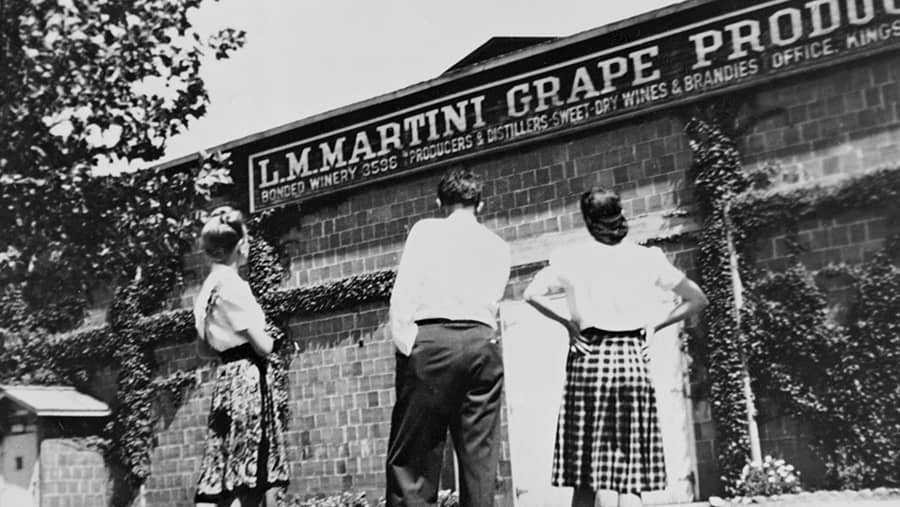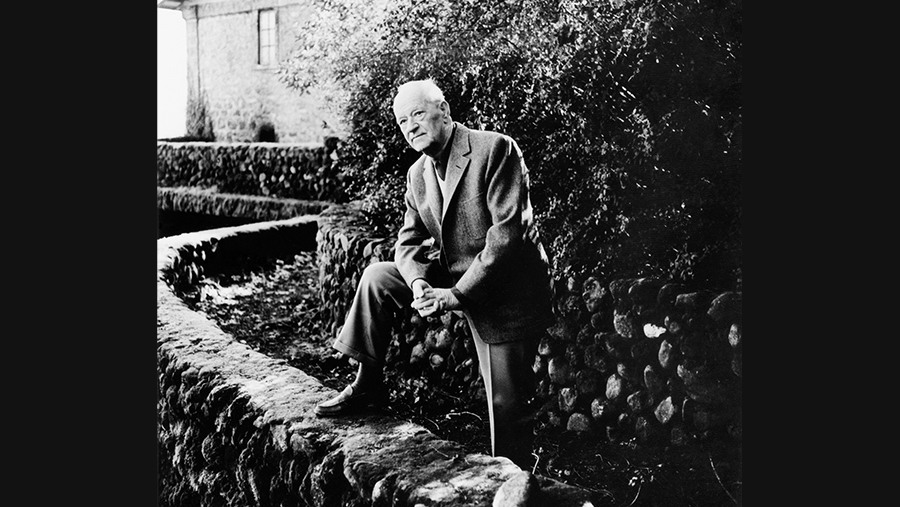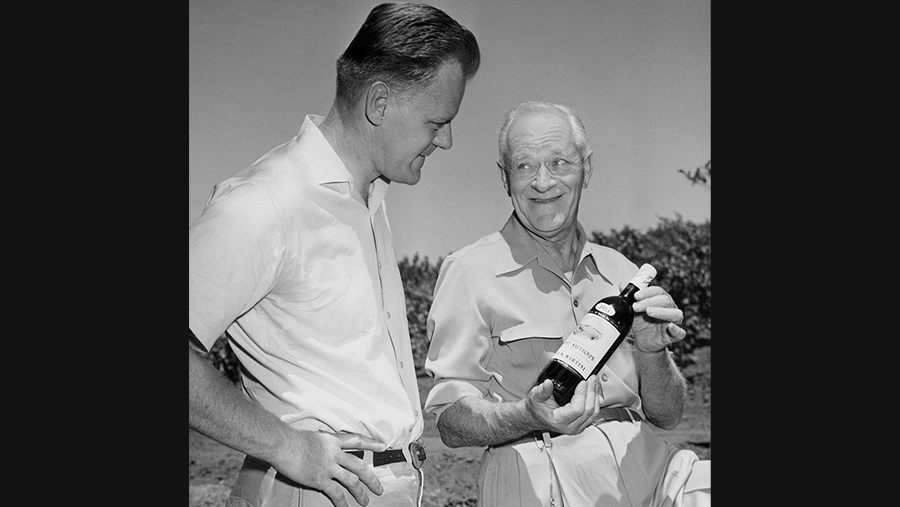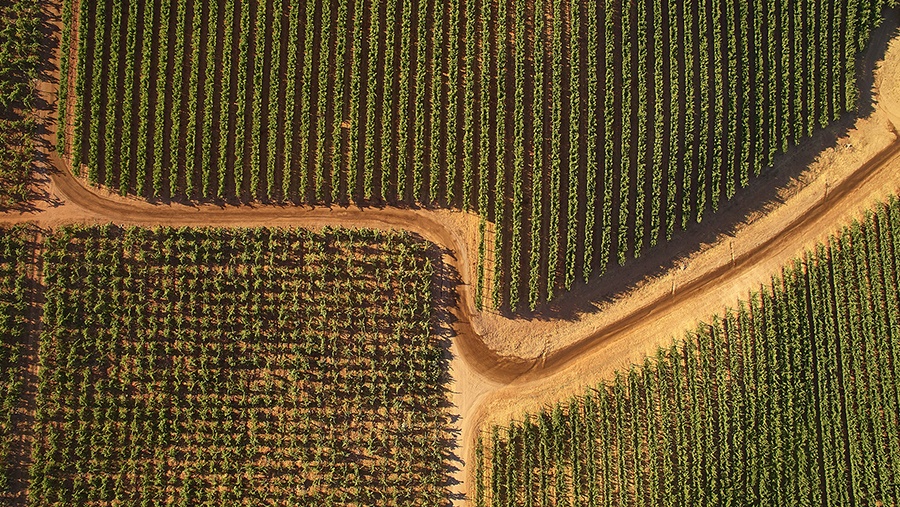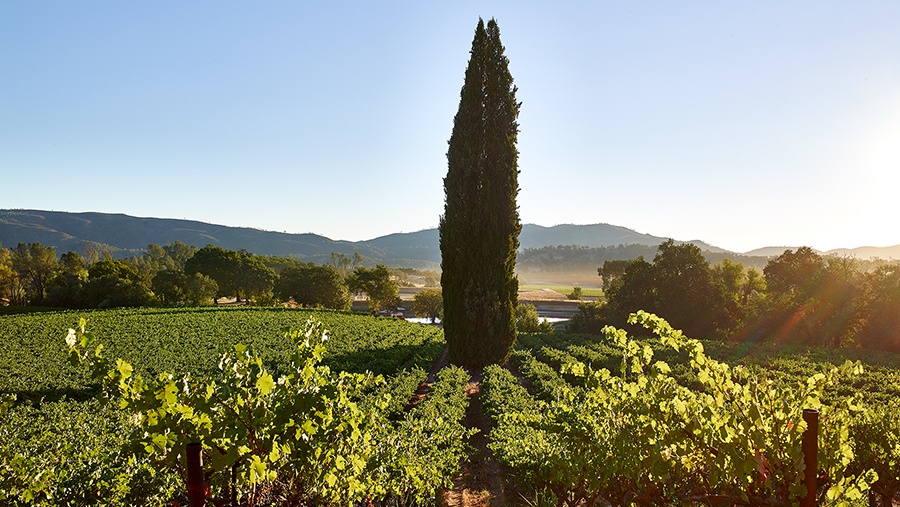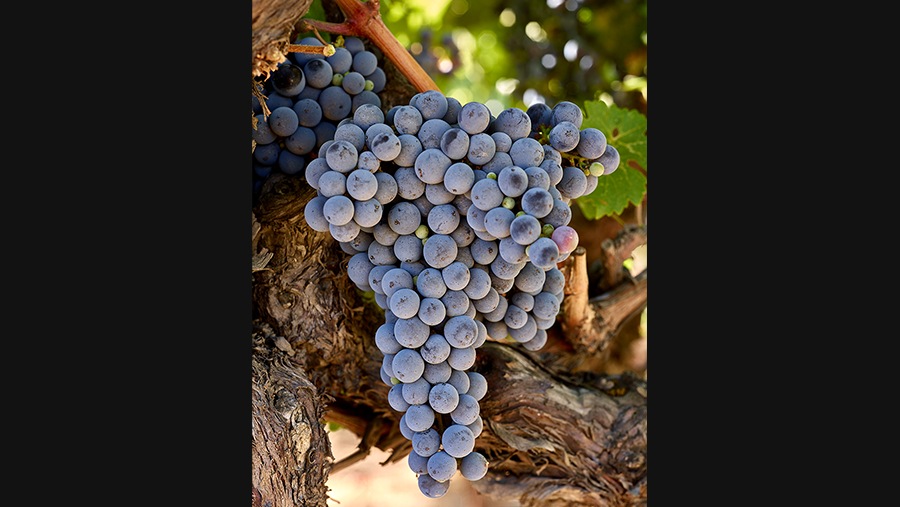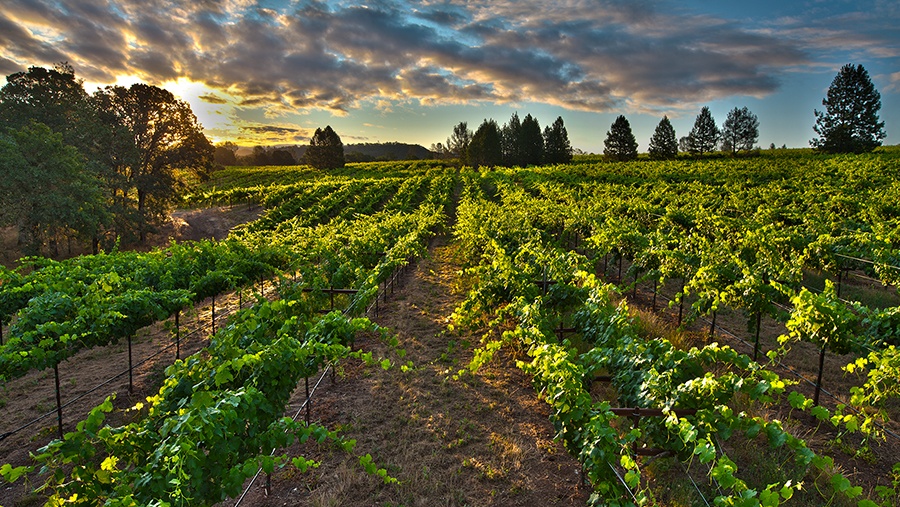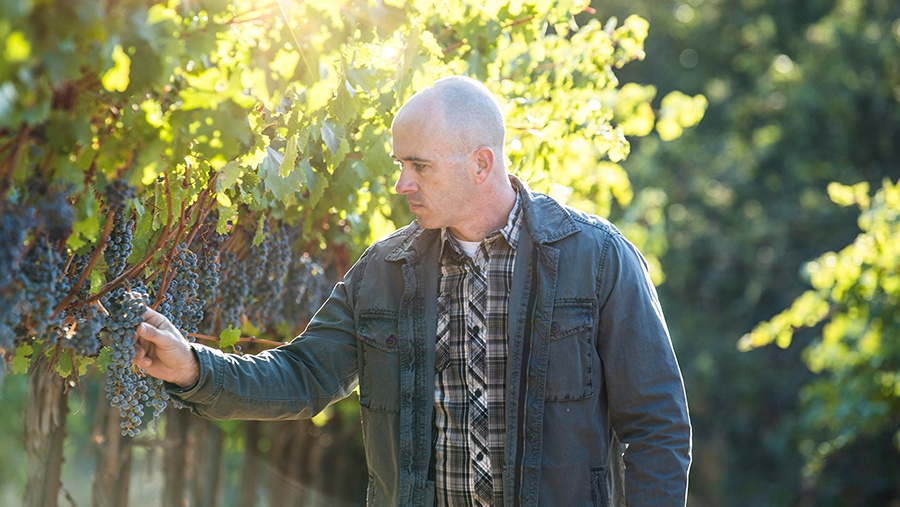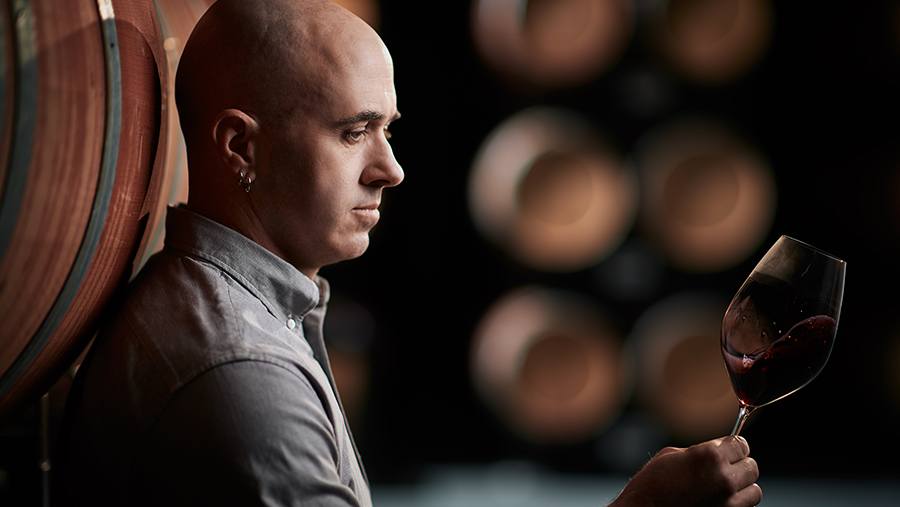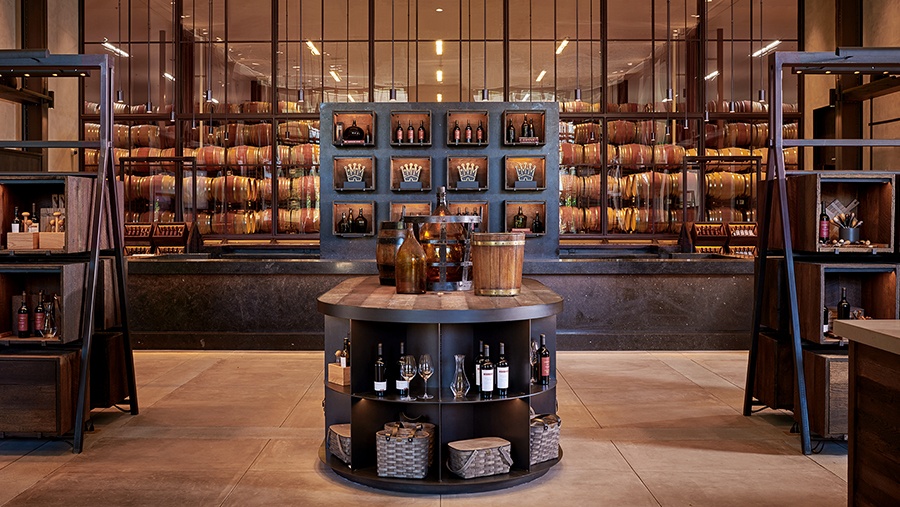Vineyards
A California Cab Icon: Louis M. Martini
Louis M. Martini has been making some of California’s highest-rated cabs for nearly 90 years.
Dec. 2020Written by Kyle TrompeterPhotos provided by Louis Martini
During the dark days of Prohibition, you’d have a hard time finding a wine producer more active in honing his craft than Louis M. Martini. While most would-be winemakers were sidelined at the time, Martini was working overtime in San Francisco making a success of his first business venture: producing sacramental wine.
That’s right, if you wanted to legally consume wine in those days, you had to show up to church, park it on the pew, and eagerly wait for communion.
While he was busy providing the church with their Sunday sacrament, Martini also spent the final stretch of Prohibition setting up shop for his true dream: opening his own winery. Once Repeal Day arrived, he hit the ground running with his new business, creating a wave of innovation felt throughout the California winemaking community. In the first few years of operation, Martini became one of the first wineries to use cold-controlled fermenters, and not long after that, he established the Napa Valley Vintners Association, helping elevate the Napa name across the winemaking world.
Martini’s award-winning cabernet sauvignon wines are his most-celebrated contribution to the wine community, a tradition he has shared with two other generations of Martinis, each one seamlessly carrying the legacy through the years.
Join us on a virtual tour through the history and the land of one of California’s cabernet powerhouses, Louis M. Martini Winery.
More Stories Like This
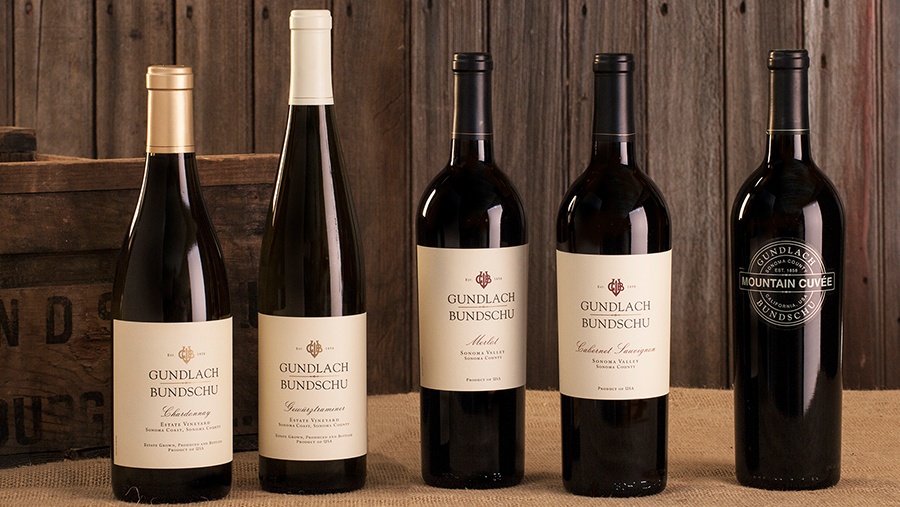
Vineyards
The Storied Past of California’s Oldest Family-Owned Winery: Gundlach Bundschu
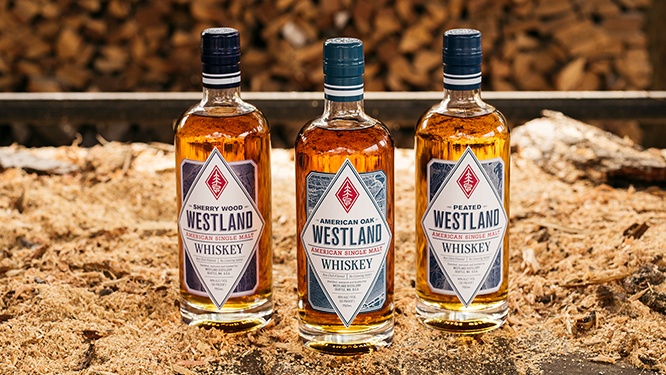
Distilleries

